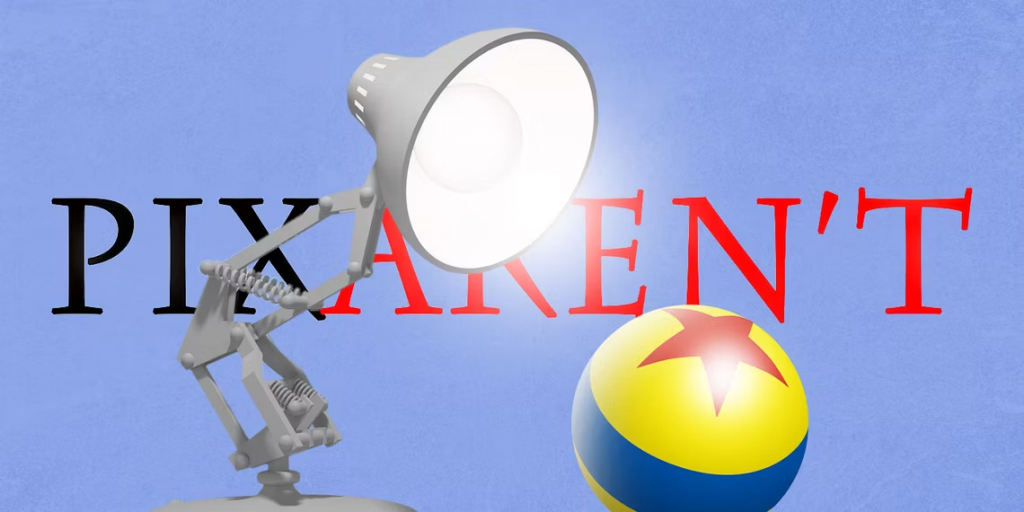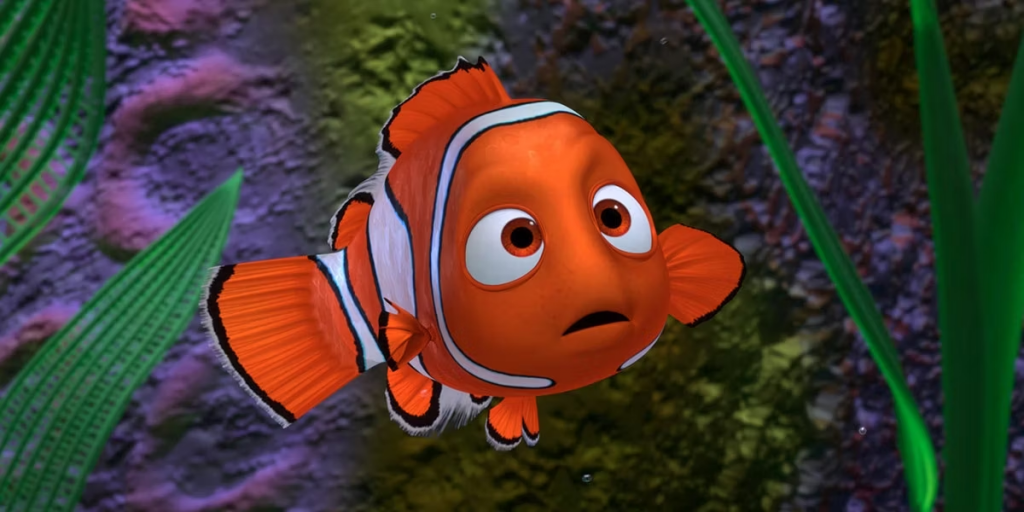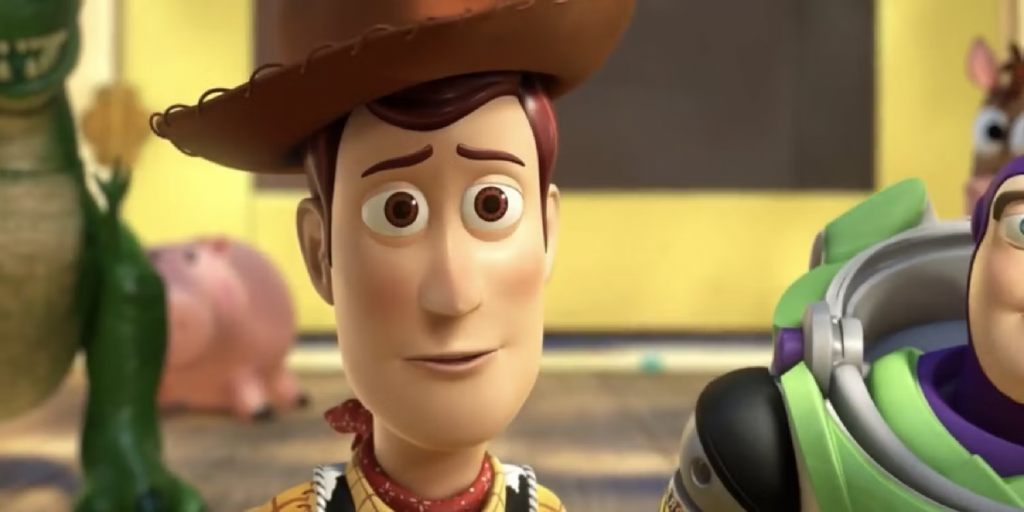
Once upon a time, there existed a Disney division that had a captivating story filled with hubris and corporate poker. Can you recall the cherished Disney animated classics from the early 2000s? Films like “Monsters Inc. 2: Lost in Scaradise” or “Finding Nemo 2”? Well, here’s the surprising twist: those films were never actually made. They were the ambitious projects of a division within Walt Disney Feature Animation known as Circle 7 Animation. This ill-fated division’s purpose was to create CGI animated sequels to the beloved Pixar properties, starting from “Toy Story” and extending through “Cars.” However, the tale of Circle 7 Animation is not just about unrealized dreams; it encompasses ego clashes, intricate corporate negotiations, and a struggle for artistic integrity. It’s no wonder that this division earned the derisive nickname “Pixaren’t” from Disney’s rivals.
The story begins with the release of “Toy Story 2” in November 1999, which achieved tremendous success, earning a staggering $57.4 million in its opening weekend. One would assume that such triumph would bring Disney and Pixar, the two companies involved, closer together in celebration. However, it had the opposite effect, igniting a heated dispute between the respective leaders: Pixar CEO Steve Jobs and Disney Chief Michael Eisner. Negotiations for a new contract became a battleground where divergent visions clashed. Disney wanted Pixar to focus on producing sequels, while Pixar remained committed to telling original stories and pushing the boundaries of computer animation. Eisner, seizing the moment, assured Disney shareholders that Pixar’s upcoming project, “Finding Nemo,” would not only fail but also humble the animation studio, leaving Disney with the upper hand. Ironically, “Finding Nemo” went on to become the second highest-grossing film of 2003, boosting Pixar’s confidence in their independent success.

One might assume that this turn of events would humble Eisner and Disney, but that assumption would be incorrect. Instead, Eisner began scrutinizing the terms of their existing agreement, particularly regarding the number of films encompassed by the deal. The original agreement stipulated that Pixar would deliver seven feature films. However, interpreting this agreement became a matter of contention in the power struggle between Jobs and Eisner. Pixar believed that their film “Cars,” set for release in 2006, would fulfill the agreement. In contrast, Disney argued that since “Toy Story 2” was a sequel, it did not count towards the seven films, implying that “Ratatouille,” slated for 2007, would be the final project. The negotiations reached an impasse, with neither Jobs nor Eisner willing to yield, and it became clear that a separation between the two companies was inevitable. Eisner then decided to execute a plan that was either a bargaining chip, a defiant gesture towards Jobs, or perhaps a bit of both. He established Circle 7 Animation, named after the Glendale street where the division was located (thankfully not Elm Street, as that would have been a nightmare). Circle 7 Animation’s sole focus was to specialize in computer-generated animation and create sequels exclusively for the seven Pixar films covered by their rights.
Circle 7 Animation embarked on the production of three films, with “Toy Story 3” being the most developed project. The storyline, penned by Jim Herzfeld, revolved around a defective Buzz Lightyear being sent back to the Taiwanese factory he originated from due to a product recall. The remaining toys would embark on a mission to save Buzz by shipping themselves via FedEx to China. “Monsters Inc. 2: Lost In Scaradise” envisioned Mike Wazowski and James P. Sullivan trapped in the human world after venturing into it to find Boo. Additionally, Laurie Craig penned a script for “Finding Nemo 2,” introducing Nemo’s long-lost brother, Remy, who miraculously survived the barracuda attack that claimed their mother and siblings.

Unfortunately, Circle 7 Animation’s fate was sealed before any of these films could see the light of day. The first blow came with the ousting of CEO Eisner, clearing the path for reconciliation between the two companies. Without Eisner championing the division, its days were numbered. The final blow arrived in 2005 when Bob Iger assumed the role of CEO at The Walt Disney Company. Iger recognized the faltering state of Walt Disney Animation Studios and sought to remedy the situation. In a bold move, Iger proposed that Disney acquire Pixar. Acknowledging the risks and expenses involved, Iger approached Jobs, and the two met to discuss the potential merger. Their collaboration led to Disney’s acquisition of Pixar for a staggering $7.4 billion in 2006, elevating Jobs to the position of the largest shareholder in Disney.
With that, Circle 7 Animation ceased to exist. Approximately 20% of its 168 employees were laid off, effective May 26th, 2006. The remaining staff members were absorbed into Disney Animation under the leadership of John Lasseter. Disney committed to supporting the displaced employees in finding new opportunities. However, none of Circle 7 Animation’s work was utilized by Pixar, as the studio chose to start afresh with their proposed projects. Thus, all that remains are fragments of concept art, brief descriptions of storylines, and a sense of curiosity about what the animation landscape would have been like if Pixar and Disney had not reconciled. Would Pixar have pursued sequels beyond “Cars” without Disney’s influence? Would Circle 7 Animation have transitioned from its initial purpose and ventured into creating original content? And if so, would their success have mirrored that of Pixar’s remarkable catalog? Alas, we need not wonder, as level-headed thinking and cooler temperaments ultimately averted that alternate reality.
We bring out some of the most well-known Disney collection, all of which are available at reasonable costs. Visit our link now if you are interested in the Disney collection


Snow White, Cinderella, Aurora, Ariel, Belle
